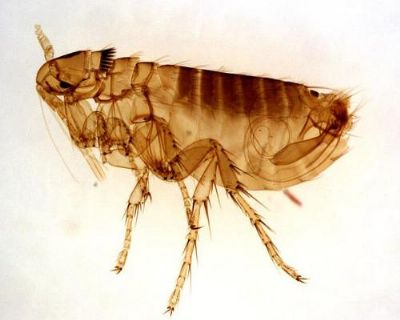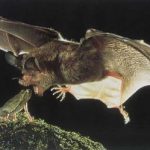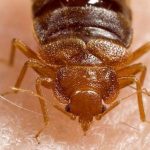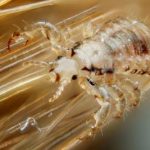Fleas are the insects forming the order Siphonaptera, living by hematophagy off the blood of mammals (including bats and humans) and birds as external parasites. They are wingless insects (1/16 to 1/8-inch (1.5 to 3.3 mm) long), usually dark colored, with tube-like mouth-parts adapted to feeding on the blood of their hosts.
Their legs are long, the hind pair well adapted for jumping: a flea can jump vertically up to 18 cm and horizontally up to 33 cm. This is around 200 times their own body length, making the flea one of the best jumpers of all known animals (relative to body size), second only to the froghopper.

In their larval stages they avoid light and will survive off feathers, adult flea feces, hair and skin. Only the adult flea requires blood to survive. Rather than commuting to and from a host like mosquitoes or bedbugs, fleas often just hang out in its fur. Fleas have a sense organ on their bodies which is very sensitive to vibration and air currents.
Fleas have multiple stages of complete metamorphosis, moving from eggs, to larvae, to pupa and then to adult.
Over 2,000 species have been described worldwide. Some flea species include:
- Cat flea (Ctenocephalides felis)
- Dog flea (Ctenocephalides canis)
- Human flea (Pulex irritans)
- Moorhen flea (Dasypsyllus gallinulae)
- Northern rat flea (Nosopsyllus fasciatus)
- Oriental rat flea (Xenopsylla cheopis)
Fleas are a nuisance to their hosts, causing an itching sensation which in turn may result in the host attempting to remove the pest by biting, pecking, scratching, etc. They take small meals of blood and can pass disease in the process.
This is the way rat fleas spread bubonic plague around Europe during the Middle Ages, and still do in some parts of the world. Many people who have had flea bites (which look like several small mosquito bites) get an allergic reaction to the saliva of the flea, and in some cases can catch tapeworms among other diseases.








